
Avian Evolutionary Ecology Group at IVB
@aeegivb
The AEEG's aim is to understand how temperate and tropical passerine birds optimize their allocation in resources in growth, survival and reproduction. @ivb_cas
ID: 1338412820388581378
https://www.ivb.cz/en/person/tomas-albrecht/ 14-12-2020 09:17:49
31 Tweet
60 Followers
24 Following

We are happy to share a recent work by our two members, Peter Mikula and Tomas Albrecht, exploring large-scale correlates of aerial displays in passerine #birds. Available here: royalsocietypublishing.org/doi/10.1098/rs…


New paper from a member of our working group, Peter Mikula, on the effect of refuge distance on escape behaviour of European urban birds.
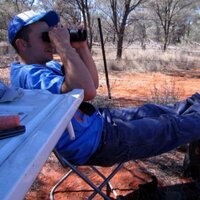
Are there parallels in how birds, machines, and humans learn to recognize bird vocalizations? Maybe. Teaching Merlin Bird ID to recognize birds by their sounds has been challenging for a variety of reasons.
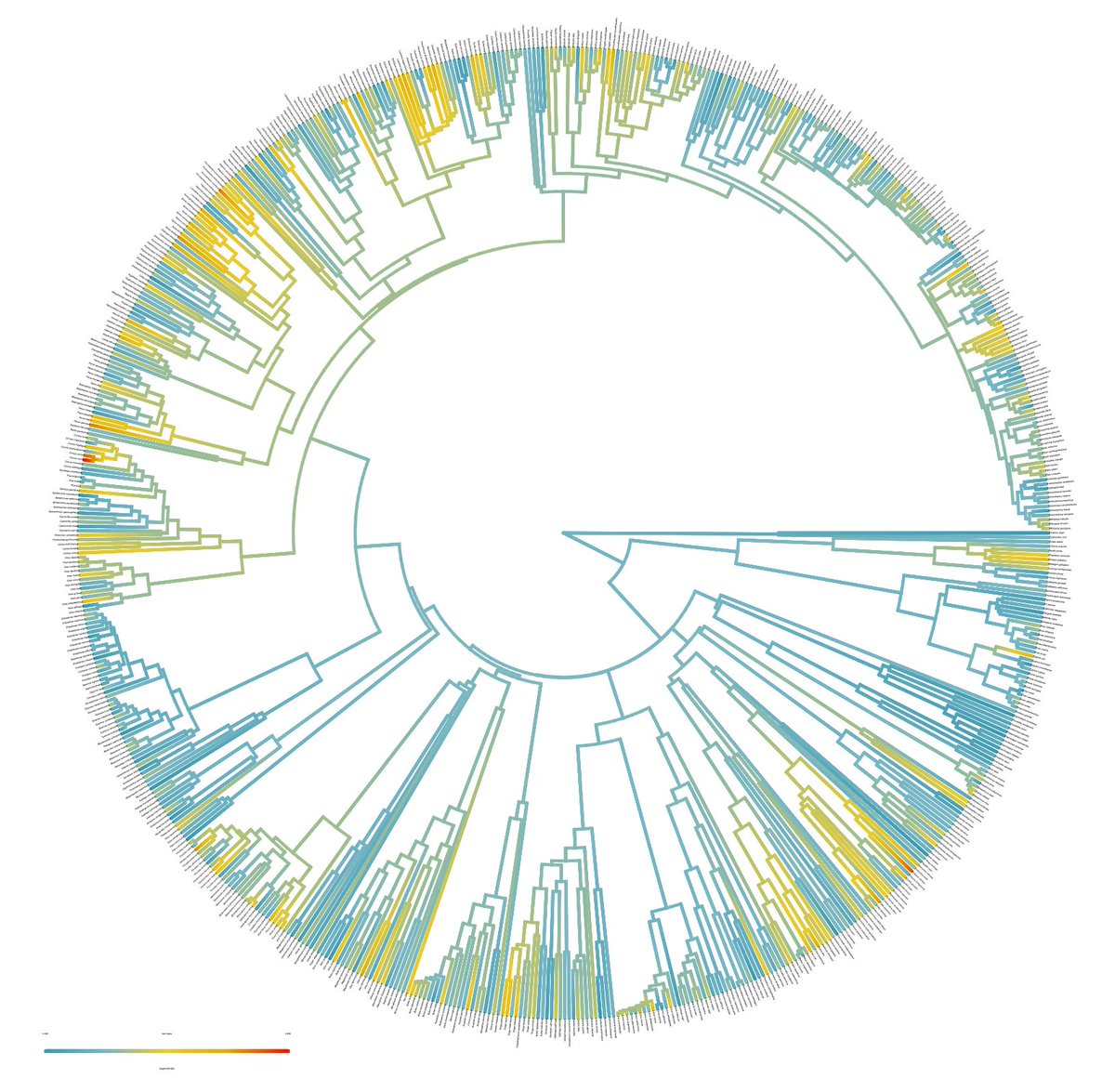

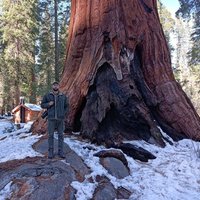
You can still submit your contributions to the conference organized by Česká společnost pro ekologii!






Our team member, Peter Mikula, collaborated with a large international initiative exploring language barriers in conservation science. Results of their effort were recently published in NatureSustainability. Congratulations!

International study on avian tolerance towards human across open tropical ecosystems, led by colleagues from our working group, was published today in Nature Communications ! Congratulations!
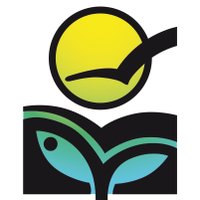

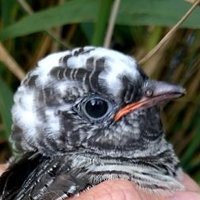
Schlebusch et al. (2023) Rapid gene content turnover on the germline-restricted chromosome in songbirds Nature Communications doi.org/10.1038/s41467… | Francisco J Ruiz-Ruano Alexander Suh 서상재 Faculty of Science of Charles University Institute of Molecular Genetics Avian Evolutionary Ecology Group at IVB Institute of Vertebrate Biology | #ornithology


NEW in #JVertBiol: Comparative sperm proteomics in selected passerine birds reflects sperm morphology and mitochondrial metabolism doi.org/10.25225/jvb.2… BioOne | Czech Academy of Sciences |@StopkaPavel | @RStopkova |BIOCEV_SCIENCE |Faculty of Science of Charles University|Avian Evolutionary Ecology Group at IVB| #ornithology


Have you ever wondered why animals did not enter urban areas more frequently during the COVID-19 pandemic? Our research in Communications Biology shows that even in empty cities, the level of animal tolerance to humans remained the same as it was before the pandemic. 👉rdcu.be/dN7rM





